Is 70 GPU Temp Bad – Complete Guide – 2024!
When it comes to maintaining optimal performance for your computer’s graphics card, one crucial aspect you need to keep an eye on is its temperature. GPU temperature can significantly impact how well your graphics card performs and how long it lasts. So, if you’re wondering whether a 70°C GPU temperature is a cause for concern, you’re in the right place.
“No, A GPU temperature of 70°C is generally within the safe range for most graphics cards, including AMD and Nvidia models. For AMD GPUs, temperatures between 65°C and 75°C are considered normal, so 70°C is perfectly acceptable. Nvidia GPUs can safely operate up to 95°C to 100°C, while AMD GPUs can handle temperatures up to 90°C to 100°C”
Is a GPU temperature of 70°C a cause for concern? While it might seem high, understanding the implications can help you keep your system running smoothly. Dive into the facts and learn if your GPU is in the danger zone.
Understanding GPU Temperature!
Before we jump into the specifics of a 70°C GPU temperature, it’s essential to understand what GPU temperature is and how it’s measured. Your GPU, or Graphics Processing Unit, is responsible for rendering images and video. It generates heat as it processes data, and this heat needs to be managed to prevent performance issues and hardware damage.
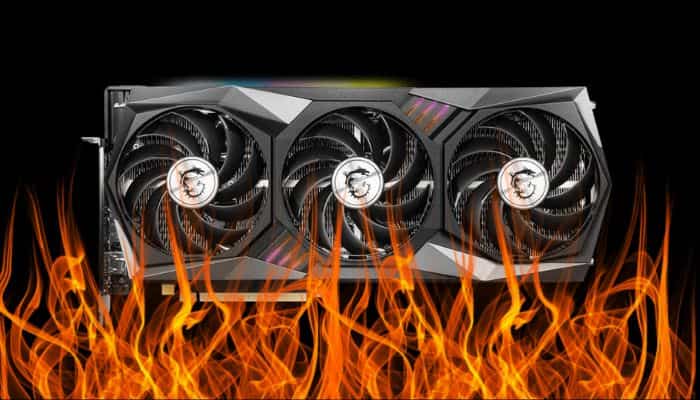
What is GPU Temperature?
GPU temperature refers to the heat generated by the GPU during its operation. This heat is usually monitored through temperature sensors embedded in the GPU. The temperature is expressed in degrees Celsius (°C) or Fahrenheit (°F) and can fluctuate based on the GPU’s workload.
How is GPU Temperature Measured?
The temperature of a GPU is measured using internal sensors that report data to the GPU management software. This information is often displayed in real-time through various system monitoring tools, both built-in and third-party.
Normal Temperature Ranges for GPUs
Typically, GPUs operate efficiently within a temperature range of 30°C to 85°C. For most gaming and high-performance tasks, temperatures between 60°C and 70°C are considered normal. Temperatures above this range can indicate potential cooling issues or excessive workload.
Is 70°C a Bad Temperature for a GPU?
Now that we understand the basics, let’s address whether a 70°C GPU temperature is bad.
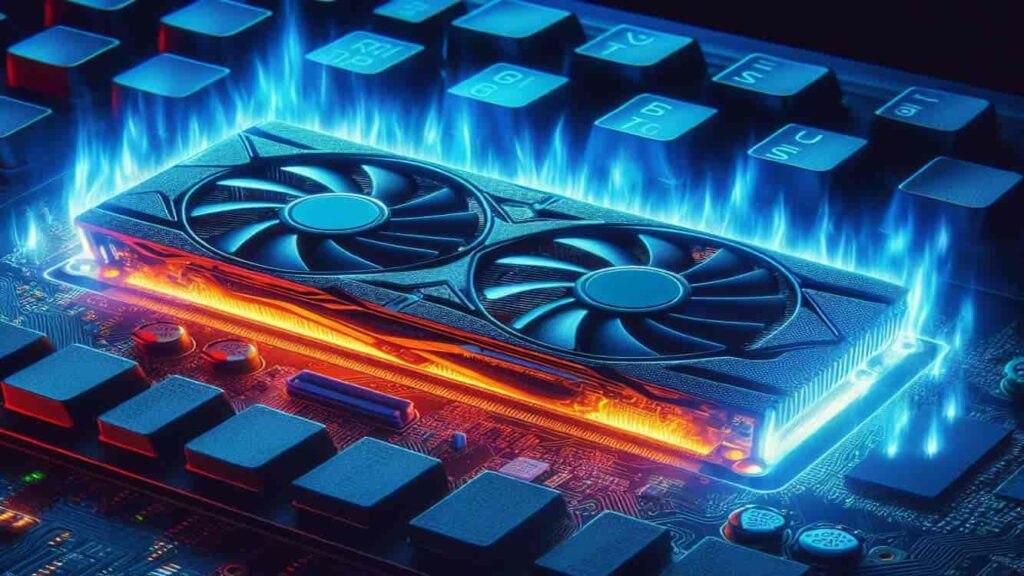
General Temperature Thresholds for GPUs
In general, a GPU temperature of 70°C is considered safe for most modern graphics cards. Most GPUs are designed to operate comfortably in this range. However, temperatures consistently approaching or exceeding this mark should be monitored closely.
Manufacturer Recommendations
Different GPU manufacturers provide specific guidelines for optimal temperature ranges. For instance, NVIDIA and AMD often recommend keeping GPU temperatures below 80°C to ensure longevity and performance. Therefore, 70°C is within the safe operating zone but not far from the upper threshold.
Comparing 70°C with Other Temperatures
When compared to higher temperatures, 70°C is relatively moderate. GPUs can handle temperatures up to 85°C before automatic throttling kicks in to reduce performance and prevent overheating. However, operating consistently at or near this upper limit might be less than ideal for long-term health.
Factors Influencing GPU Temperature!
Several factors can influence your GPU’s temperature. Understanding these can help you manage and maintain optimal performance.
Ambient Room Temperature
The temperature of the room where your PC is located can significantly impact GPU temperature. Higher room temperatures mean your GPU’s cooling system has to work harder to keep the temperature in check.
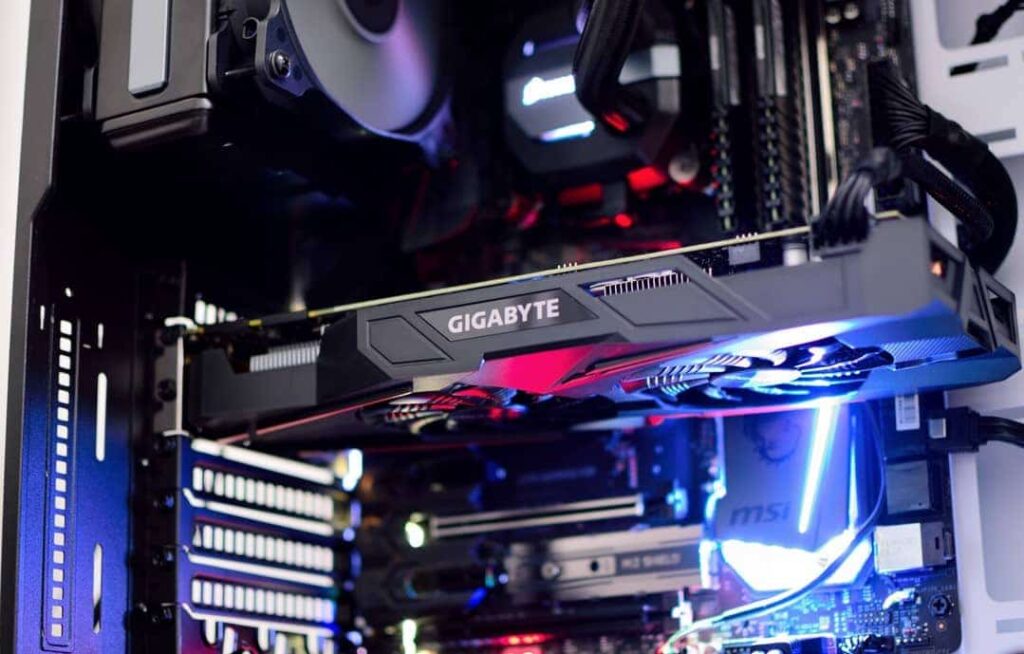
GPU Workload and Usage
Heavy gaming, video editing, or other graphics-intensive tasks generate more heat. Therefore, GPU temperature is likely to rise under high workload conditions.
Airflow and Cooling Solutions
Adequate airflow within your PC case is crucial for maintaining low GPU temperatures. Proper cooling solutions, such as fans and heatsinks, play a significant role in dissipating heat effectively.
Dust Accumulation and Maintenance
Dust buildup in your PC case and on cooling components can impede airflow and cause higher GPU temperatures. Regular cleaning and maintenance can help prevent this issue.
Potential Issues with High GPU Temperature!
Operating at higher temperatures can have several negative consequences.
Impact on GPU Performance
When a GPU overheats, it may throttle its performance to prevent damage. This means you might experience reduced frame rates or stuttering during intensive tasks.
Long-term Effects on GPU Lifespan
Consistently high temperatures can shorten the lifespan of your GPU. Prolonged exposure to excessive heat can lead to premature hardware failure.
Signs of Overheating
Look out for signs such as sudden drops in performance, system crashes, or visual artifacts in games. These can indicate overheating or other related issues.
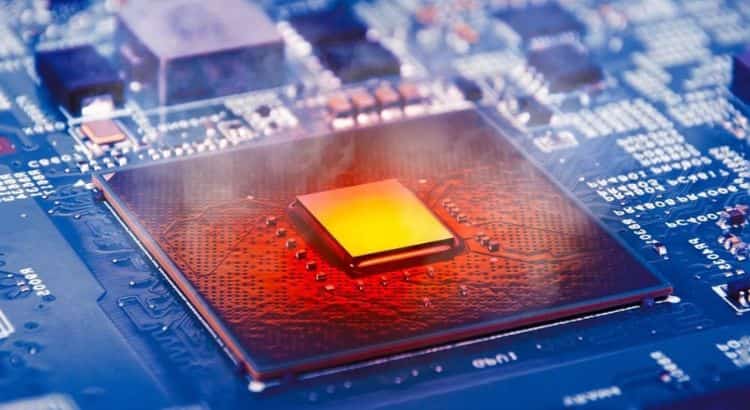
How to Monitor GPU Temperature!
Monitoring your GPU temperature is essential for managing its performance and health.
Using Built-in Monitoring Tools
Many GPUs come with built-in software that provides real-time temperature readings. Check your GPU’s management tool for temperature monitoring options.
Third-party Software Options
Several third-party programs, such as MSI Afterburner or HWMonitor, offer detailed temperature readings and other performance metrics.
Understanding Temperature Readings!
Understanding what different temperature readings mean can help you assess whether your GPU is operating within safe limits.
Tips to Lower GPU Temperature!
Clean the GPU:
Dust and debris can obstruct airflow and impact cooling efficiency. Regularly clean your GPU and its fans using compressed air to remove dust buildup.
Improve Airflow:
Ensure your case has adequate airflow by arranging fans to create a good airflow path. Consider adding or upgrading case fans to enhance circulation.
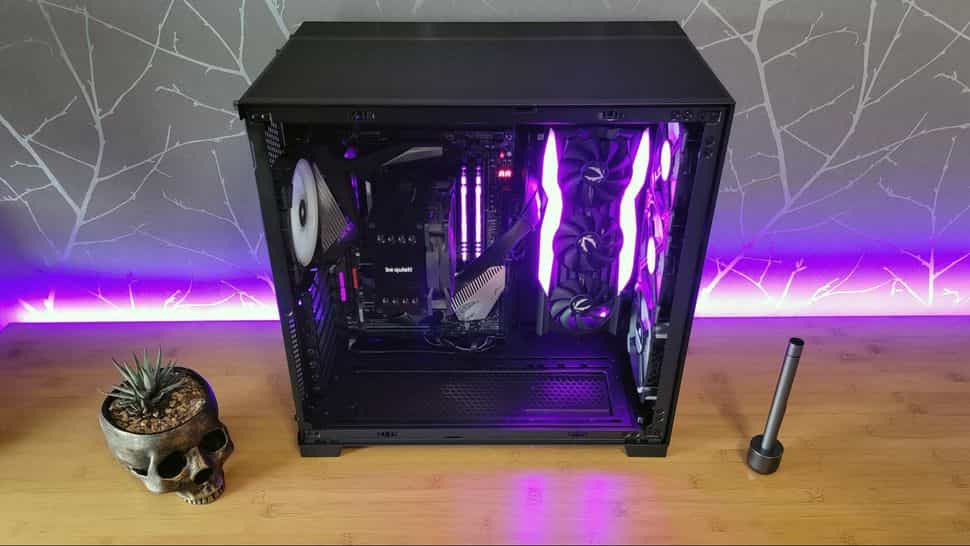
Avoid Overclocking:
While overclocking can boost performance, it also increases heat output. If your GPU is running hot, consider reverting to stock settings.
Adjust Fan Speed:
Increase the GPU fan speed through software tools like MSI Afterburner or your GPU’s control panel to enhance cooling.
Improve Case Cooling:
Enhance overall case cooling by using high-quality fans and ensuring a balanced intake and exhaust setup.
Avoid Blocking Ventilation:
Ensure that ventilation areas on your GPU and case are not obstructed. Proper spacing around your PC can help maintain effective airflow.
Use Thermal Pads or Paste:
Reapply thermal paste or upgrade thermal pads if they have degraded. This helps improve thermal conductivity between the GPU and its cooler.
Monitor and Manage Ambient Temperature:
Keep your room temperature in check. Higher ambient temperatures can lead to higher GPU temperatures. Use air conditioning or fans to maintain a cooler environment.
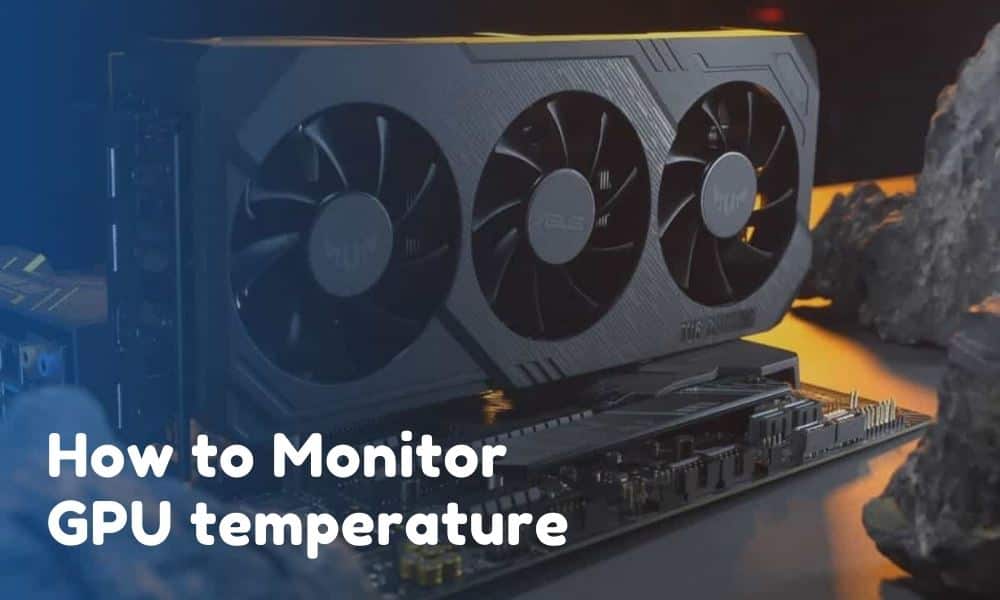
How To Check GPU Temperature On Windows?
Using Task Manager:
- Press `Ctrl + Shift + Esc` to open Task Manager.
- Go to the “Performance” tab.
- Select “GPU” from the list on the left. The GPU temperature will be displayed in the right pane.
Using GPU Monitoring Software:
- Download and install software such as MSI Afterburner, HWMonitor, or GPU-Z.
- Open the application to view detailed temperature readings and other performance metrics for your GPU.
Using Manufacturer’s Software:
- For Nvidia GPUs, use the Nvidia Control Panel or GeForce Experience.
- For AMD GPUs, use the AMD Radeon Software.
- These tools often provide temperature monitoring and other performance details.
Through BIOS/UEFI:
- Restart your computer and enter BIOS/UEFI settings by pressing the designated key (often `Del`, `F2`, or `Esc`).
- Navigate to the hardware monitoring section to check GPU temperature. This method may not always display GPU temperature depending on your motherboard.
Regularly monitoring your GPU temperature can help ensure your system runs smoothly and prevent overheating issues.
Is 70c too hot for PC?
Yes, 70°C is a bit high for a PC. Ideally, you should keep the temperature below 60°C to ensure the system runs smoothly and to avoid potential damage over time.
Is 70 degrees hot for a GPU while gaming?
No, 70 degrees Celsius is not too hot for a GPU while gaming. Most GPUs are designed to handle temperatures up to 80-90 degrees Celsius safely, so 70 degrees is within a normal range.
Is 70 GPU temp bad for gaming?
A GPU temperature of 70°C is generally safe for gaming. Most GPUs can handle temperatures up to around 85°C, but if it gets much hotter, you might want to check your cooling system.
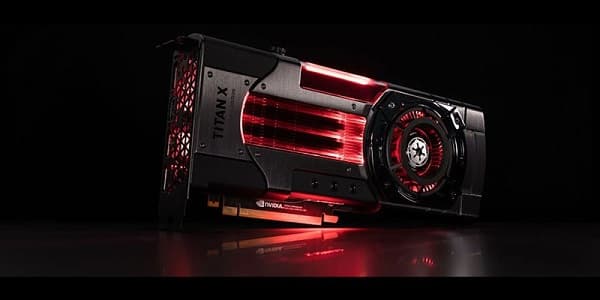
Is 70 degrees hot for a GPU laptop?
No, 70 degrees Celsius is not too hot for a GPU in a laptop. Most laptops are designed to handle temperatures up to around 85 degrees Celsius. However, keeping it cooler can help with performance and longevity.
Is 70 degrees hot for a CPU?
A CPU temperature of 70 degrees Celsius is generally safe but is on the higher side for normal use. It’s not considered dangerously hot, but if it goes much higher, it could cause problems.
Make sure your computer has good cooling to keep temperatures down. For GPUs, similar temperatures are often acceptable but always check the specific model’s safe range.
Is 70 degrees hot for a GPU 3060?
No, for an RTX 3060, a temperature of 70 degrees Celsius is normal when gaming or using heavy software. Modern GPUs are built to handle higher temperatures. However, if your GPU is idle and still at 70 degrees, it might be a sign of an issue.
Is it normal for my GPU temp to be roughly 70 degrees Celsius when playing BO4?
Yes, it is normal for your GPU temperature to be around 70 degrees Celsius when playing BO4. Modern GPUs, like the RTX 3060, can handle temperatures up to 85 degrees safely. So, 70 degrees is within the normal range and not a cause for concern.
Is 75-degree GPU hot?
No, it’s not too hot for a GPU. Modern GPUs, like the RTX 3060, can safely run at temperatures up to 85 degrees Celsius. So, 75 degrees is normal and safe during gaming or heavy use.
Is 75 degrees hot for a GPU while gaming?
No, it’s not too hot. Most GPUs can handle up to 85 degrees without problems. At 75 degrees, your GPU is working well and staying cool enough. Just make sure your PC has good airflow and isn’t too dusty.
Is 73 degrees Celsius hot for a GPU?
No,73 degrees Celsius is not too hot for a GPU, especially for an RTX 3060. Most GPUs can handle temperatures up to 85-90 degrees without problems. However, it’s good to keep it cooler if possible to ensure better performance and a longer lifespan.
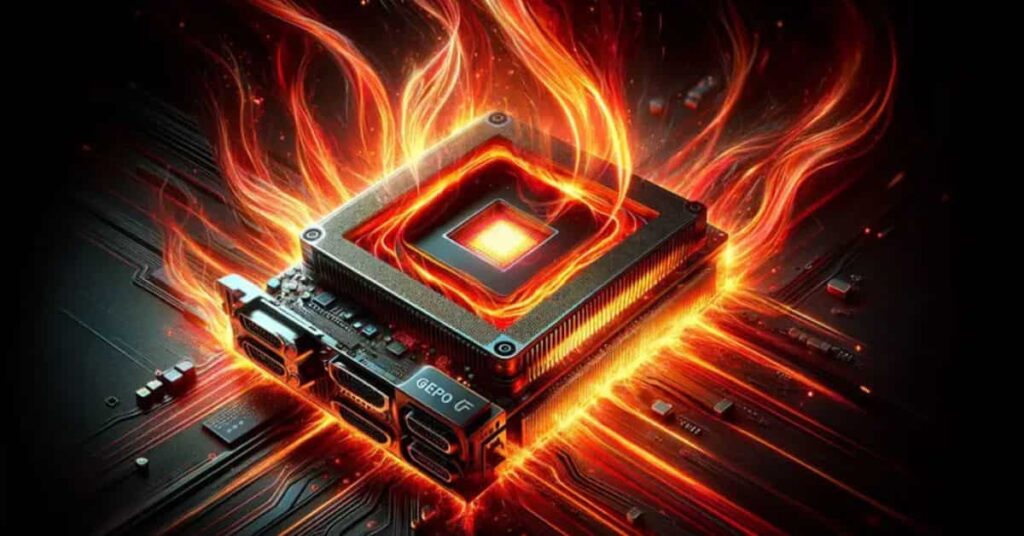
Is 73 degrees hot for a GPU while gaming?
No, 73 degrees Celsius is not too hot for a GPU while gaming. Modern GPUs, like the RTX 3060, can handle temperatures up to 85 degrees or more. So, 73 degrees is safe and normal for gaming.
Is 80 GPU temp okay?
Yes, 80 degrees Celsius is usually okay for a GPU when gaming or doing heavy tasks. Most modern GPUs, like the RTX 3060, can handle up to 85 degrees without problems. If it goes higher often, it might need better cooling.
Is 30,40,45,50, degrees Celsius GPU Temp Bad?
No, temperatures of 30, 40, 45, or 50 degrees Celsius for a GPU are generally not bad. These temperatures are quite normal and safe for most graphics cards. They indicate that the GPU is working well without getting too hot.
Is 30,40,45,50, degrees Celsius GPU Temp Bad while gaming?
Temperatures like 30, 40, 45, and 50 degrees Celsius are generally safe for your GPU while gaming. These temperatures are normal and shouldn’t cause any problems.
Your GPU is designed to handle these temperatures without overheating or damaging itself.
What is a safe GPU temperature?
A safe GPU temperature is usually between 30 and 80 degrees Celsius. When your GPU is idle or not working hard, it should be closer to 30-40 degrees.
Under heavy use, up to 80 degrees is still okay, but if it goes much higher, it might be too hot.
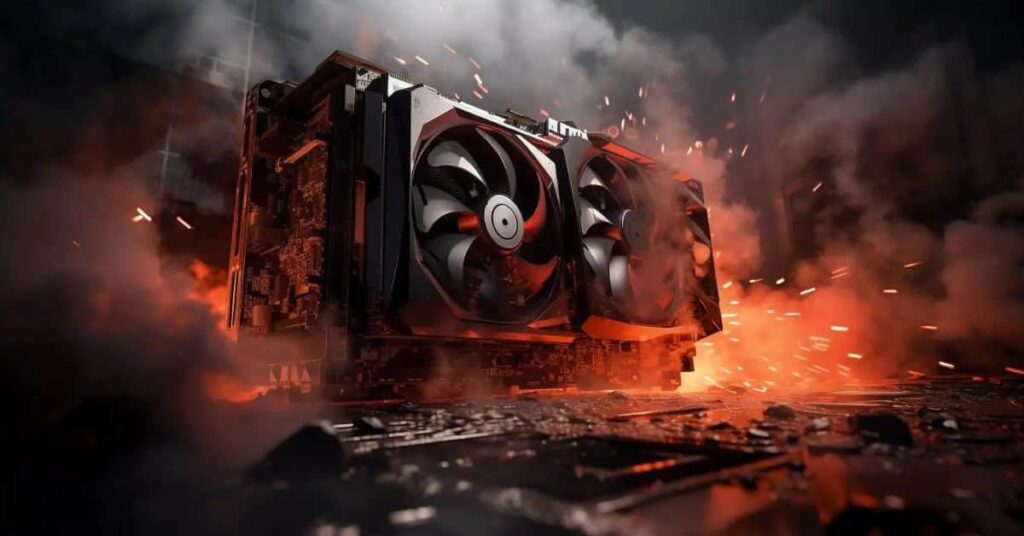
Are Your AMD GPU Temperatures Normal?
For AMD GPUs, temperatures between 65°C and 75°C are considered normal under typical operating conditions. If your GPU temperature exceeds this range, it may indicate overheating, and you should take action to improve cooling. While AMD GPUs can handle temperatures up to 90-100°C, consistently running at these higher levels could affect performance and longevity. For Nvidia GPUs, the safe temperature range extends up to 95-100°C, but keeping temperatures lower is always preferable for optimal performance and durability.
FAQS:
What is considered a dangerous GPU temperature?
Temperatures consistently above 85°C are considered dangerous and can lead to performance throttling and potential hardware damage.
How often should I clean my GPU to maintain proper temperature?
Cleaning your GPU and PC case every 3 to 6 months can help prevent dust buildup and maintain optimal temperatures.
Can overclocking cause high GPU temperatures?
Yes, overclocking increases the workload on your GPU, which can lead to higher temperatures. Ensure adequate cooling if you overclock your GPU.
What should I do if my GPU temperature suddenly spikes?
If your GPU temperature suddenly spikes, clean the GPU and ensure fans are working. Check for heavy background processes and update your drivers. If the problem continues, revert overclocking settings and consider reapplying thermal paste.
Conclusion:
“A GPU temperature of 70°C is generally safe for most graphics cards, including AMD and Nvidia models. For AMD GPUs, 65°C to 75°C is normal, while Nvidia GPUs can operate up to 95°C to 100°C safely. Factors such as room temperature, GPU workload, airflow, and dust accumulation can influence GPU temperatures“
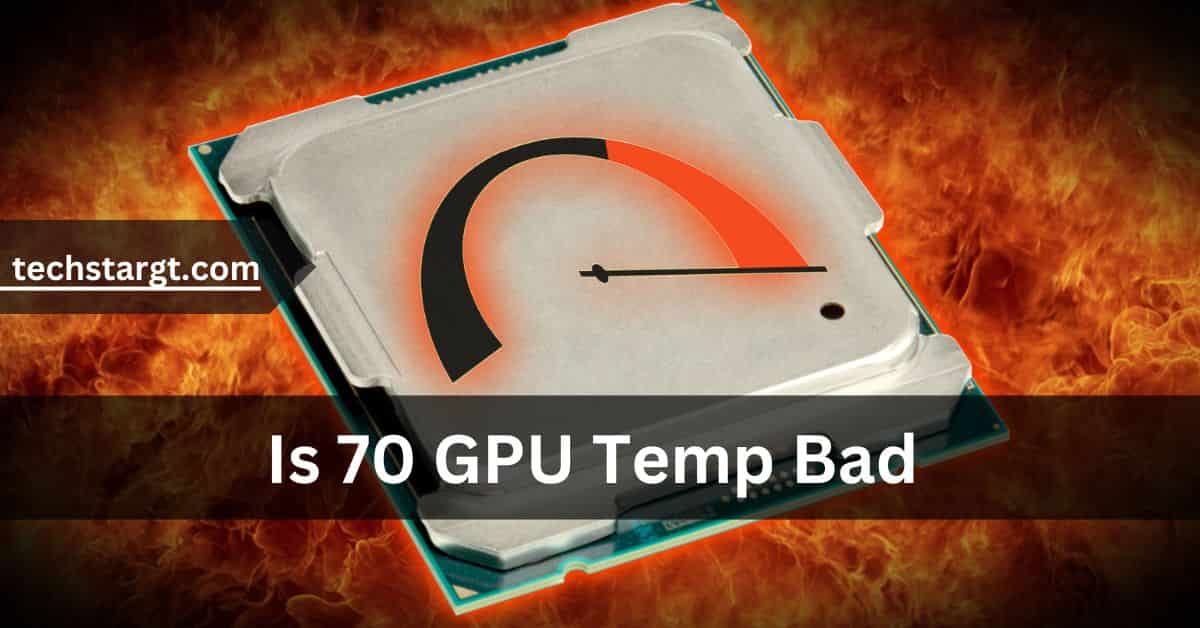
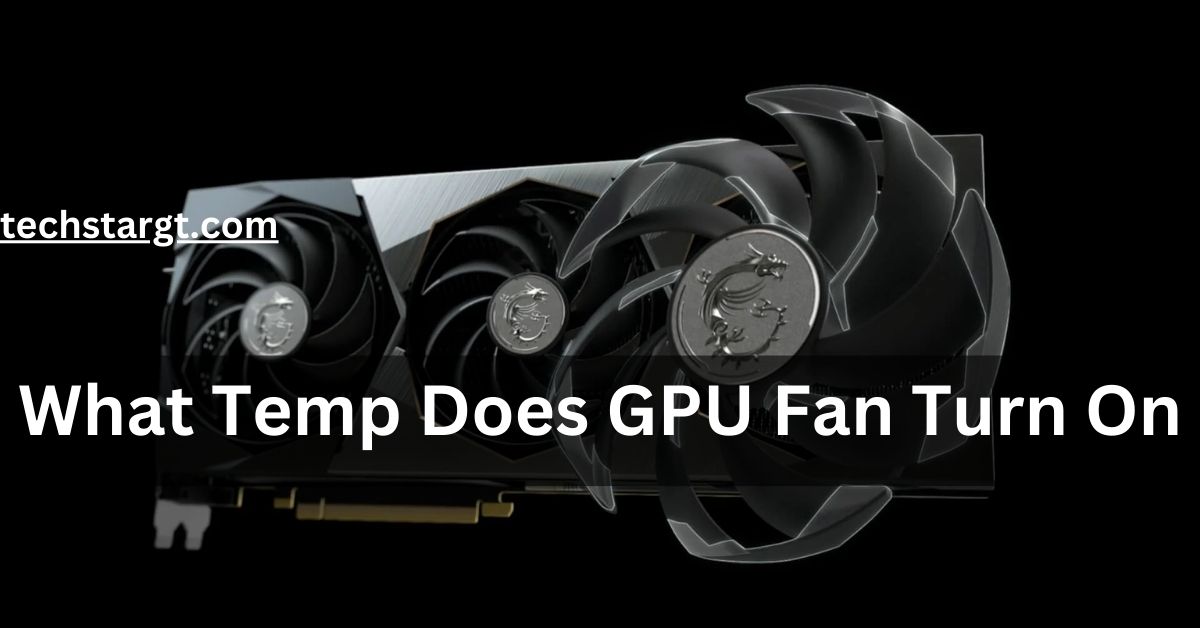
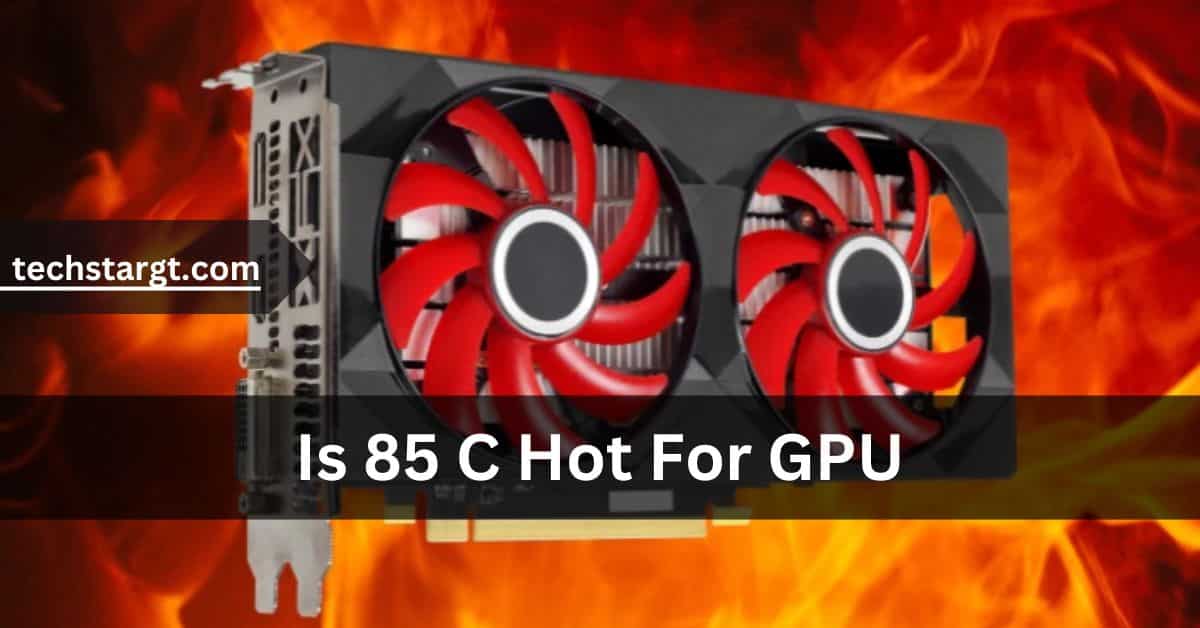
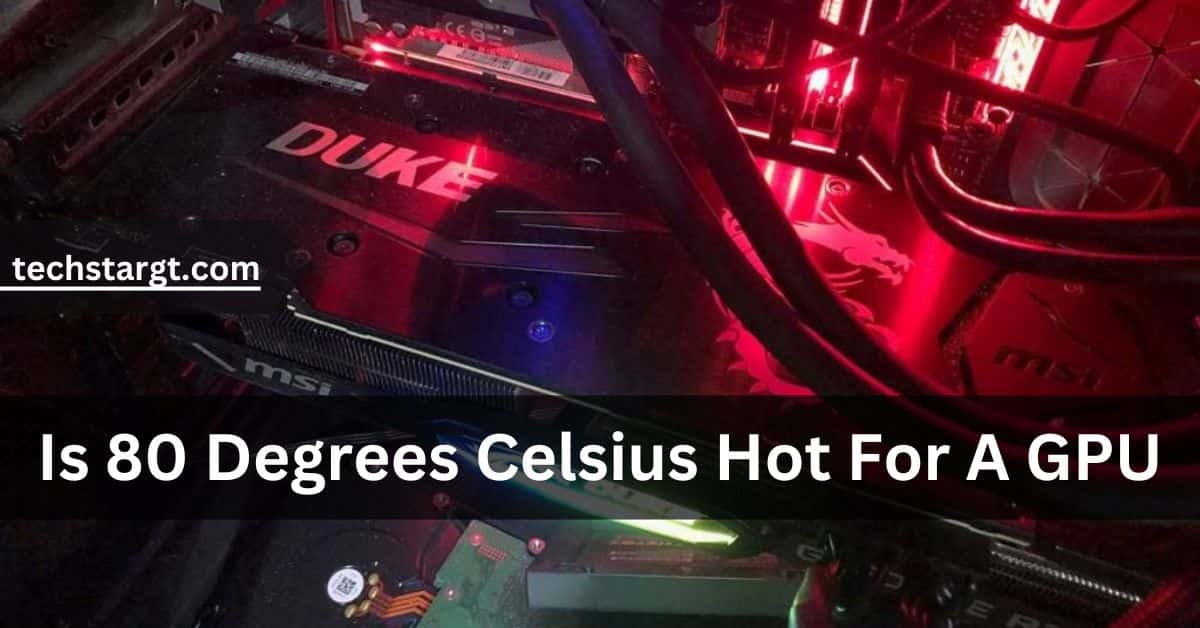
6 comments